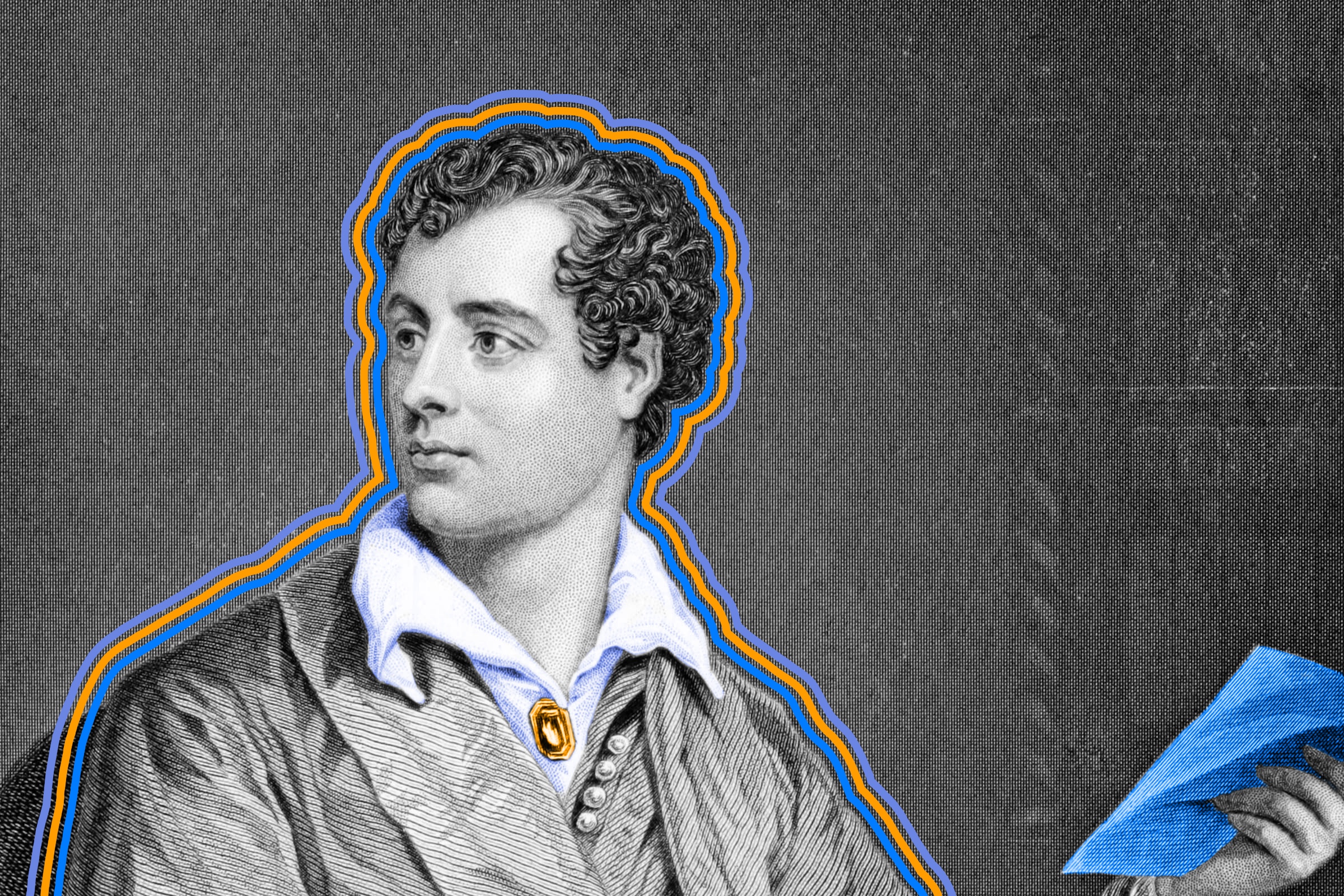
Lord Byron reportedly kept a bear in his room at Cambridge because the rules forbade dogs.
One of England’s most revered poets was famously described as “mad, bad, and dangerous to know,” but his menagerie of pets might have disagreed. As (in)famous for his libertine ways as he was for his enduring works of poetry, Lord Byron’s eccentricities extended to his affinity for animals of all kinds. While studying at the University of Cambridge’s Trinity College in the early 1800s, for instance, he reportedly skirted the rules banning dogs on campus by keeping a pet bear. “I have got a new friend, the finest in the world, a tame bear,” he informed a friend in a letter dated October 26, 1807. “When I brought him here, they asked me what to do with him, and my reply was, ‘he should sit for a fellowship.’”
Nor was Byron’s love of unusual animals just a college affectation. Upon visiting Byron’s home in Italy in 1821, fellow poet Percy Shelley observed “ten horses, eight enormous dogs, three monkeys, five cats, an eagle, a crow, and a falcon; and all these, except the horses, walk about the house … as if they were the masters of it.” That wasn't all, as Shelley then noted in a postscript, having “just met on the grand staircase five peacocks, two guinea hens, and an Egyptian crane.” Too bad Byron never wrote an epic poem about them.
One stormy evening in 1816, on the banks of Lake Geneva in Switzerland, Lord Byron and a group of friends decided to tell each other ghost stories to pass the time. Those friends included his physician John William Polidori, the poet Percy Shelley, and Mary Godwin — soon to be known as Mary Shelley upon marrying Percy later that year. Mary’s story from that weekend became the inspiration for her own novel, Frankenstein. Lord Byron’s story, meanwhile, so affected Polidori that he used it as the basis for The Vampyre, which is now recognized as the first vampire novel in English literature. The book’s mysterious, predatory protagonist, Lord Ruthven, is even thought to have been modeled after Byron.

